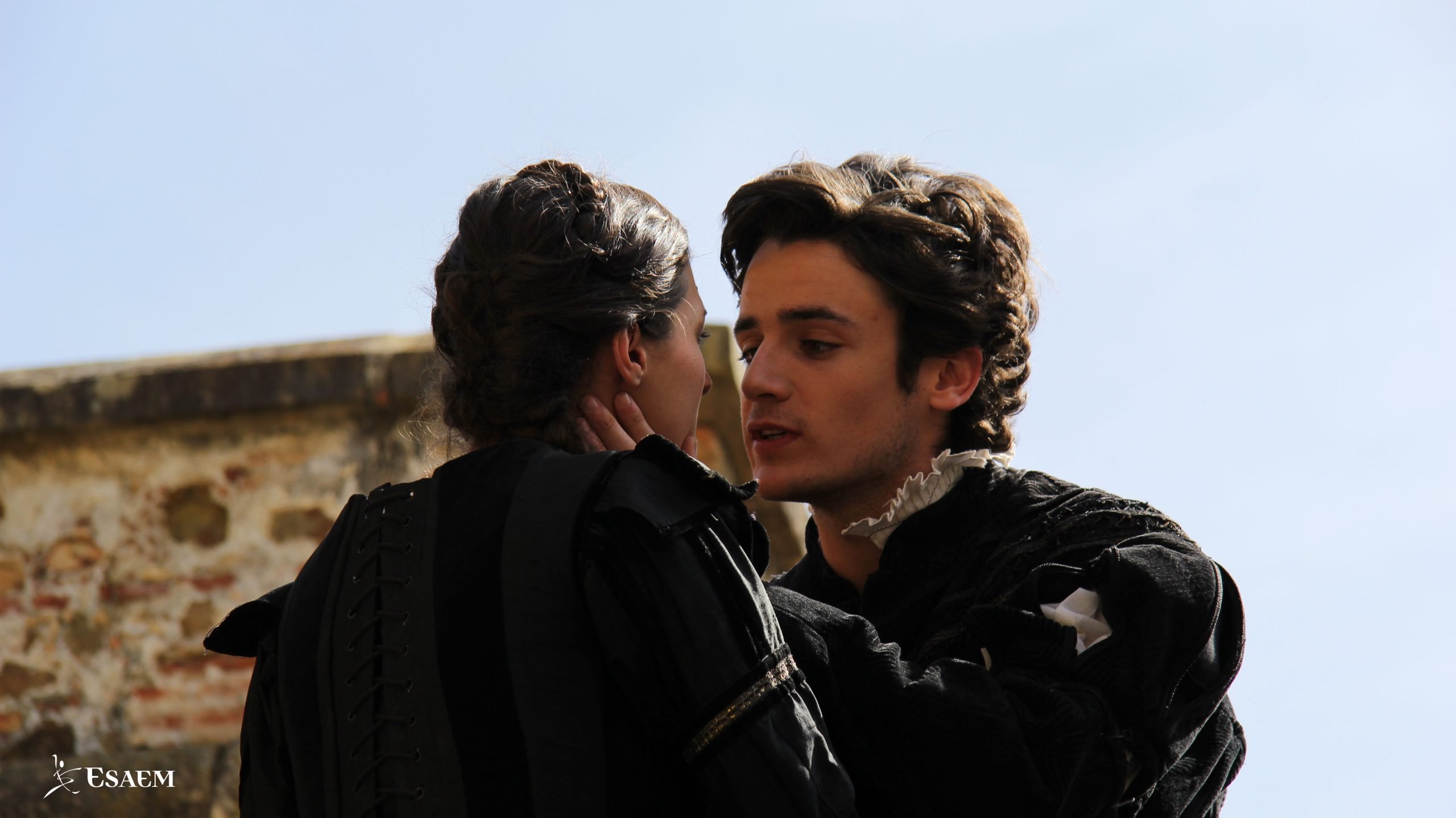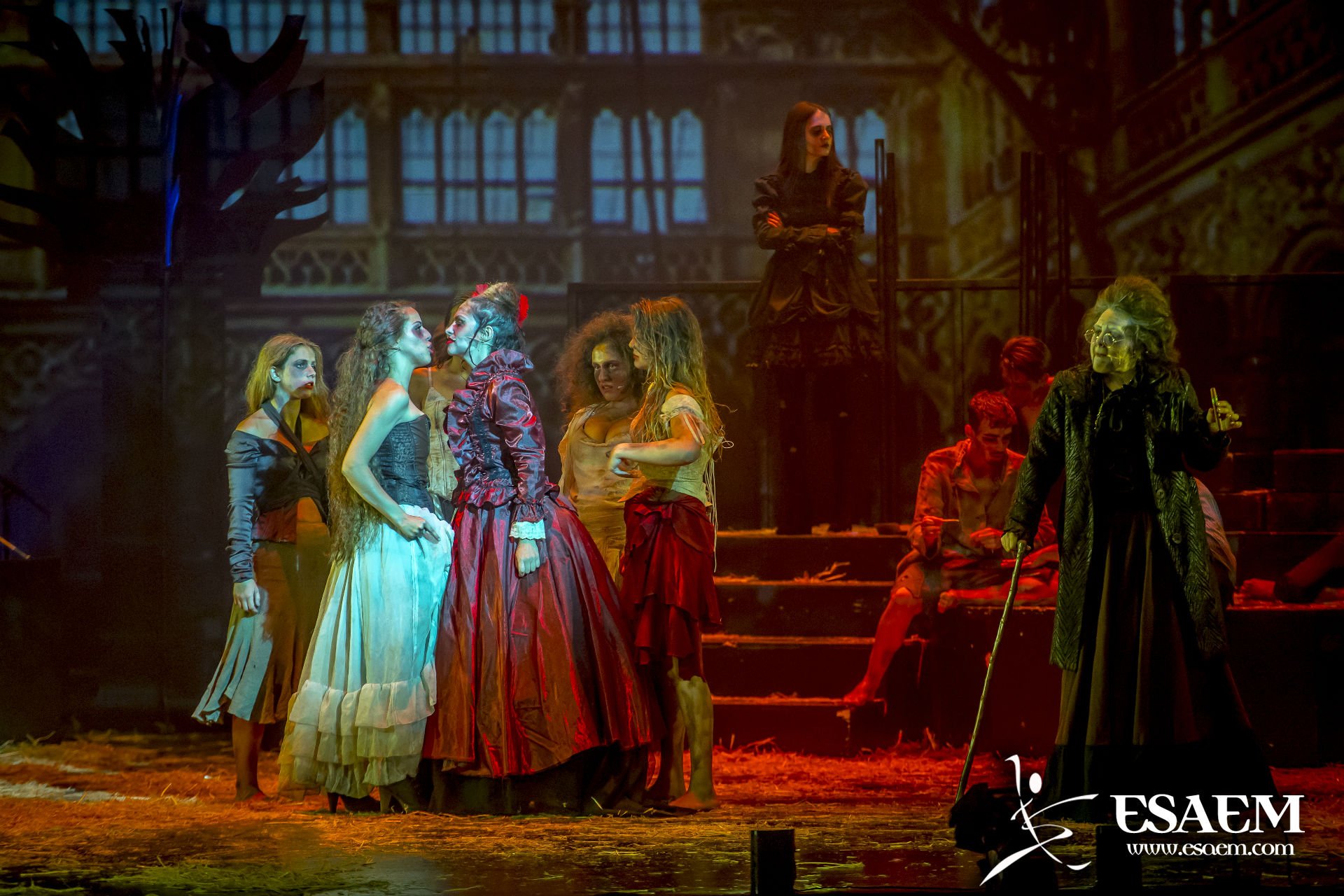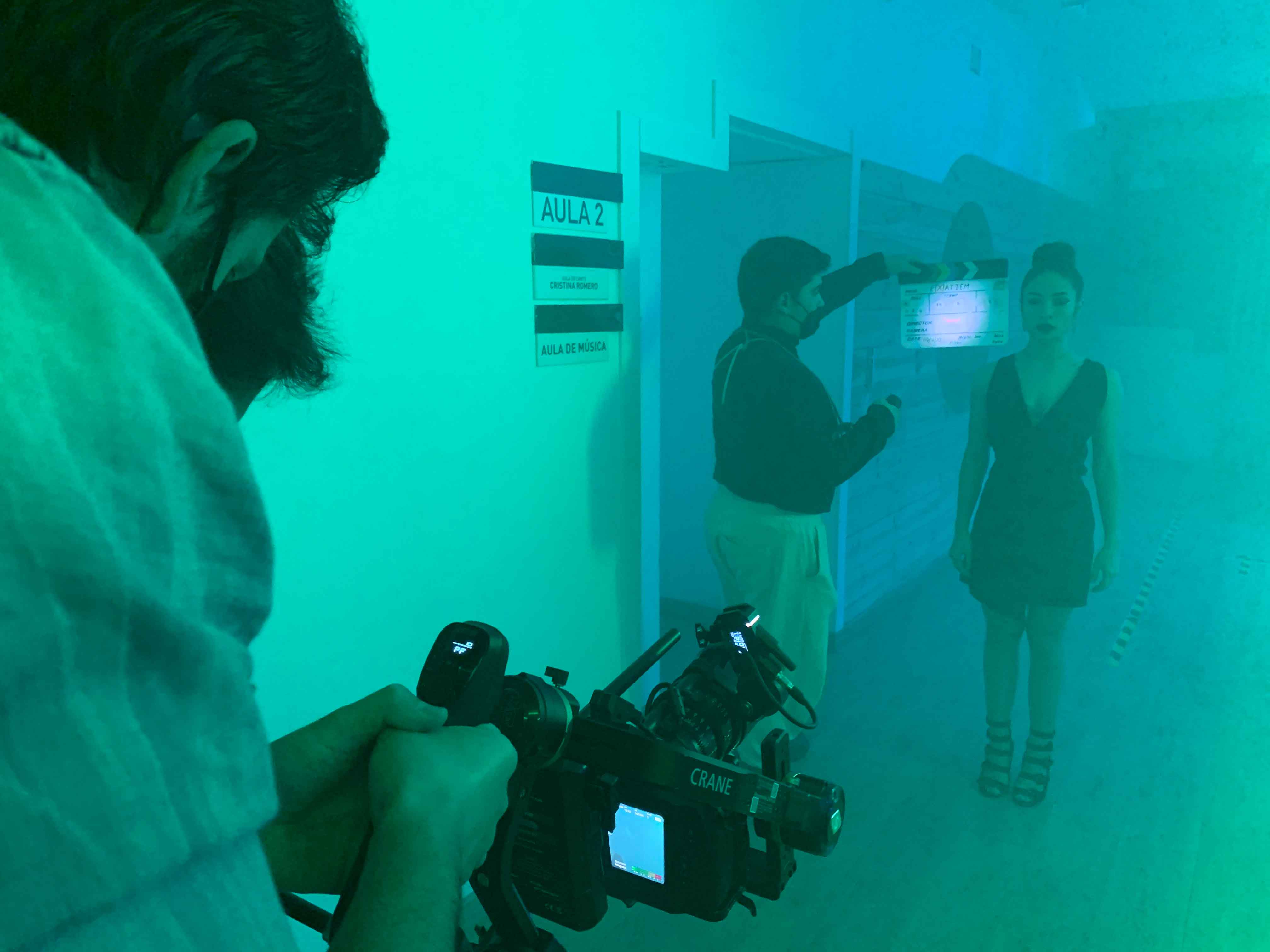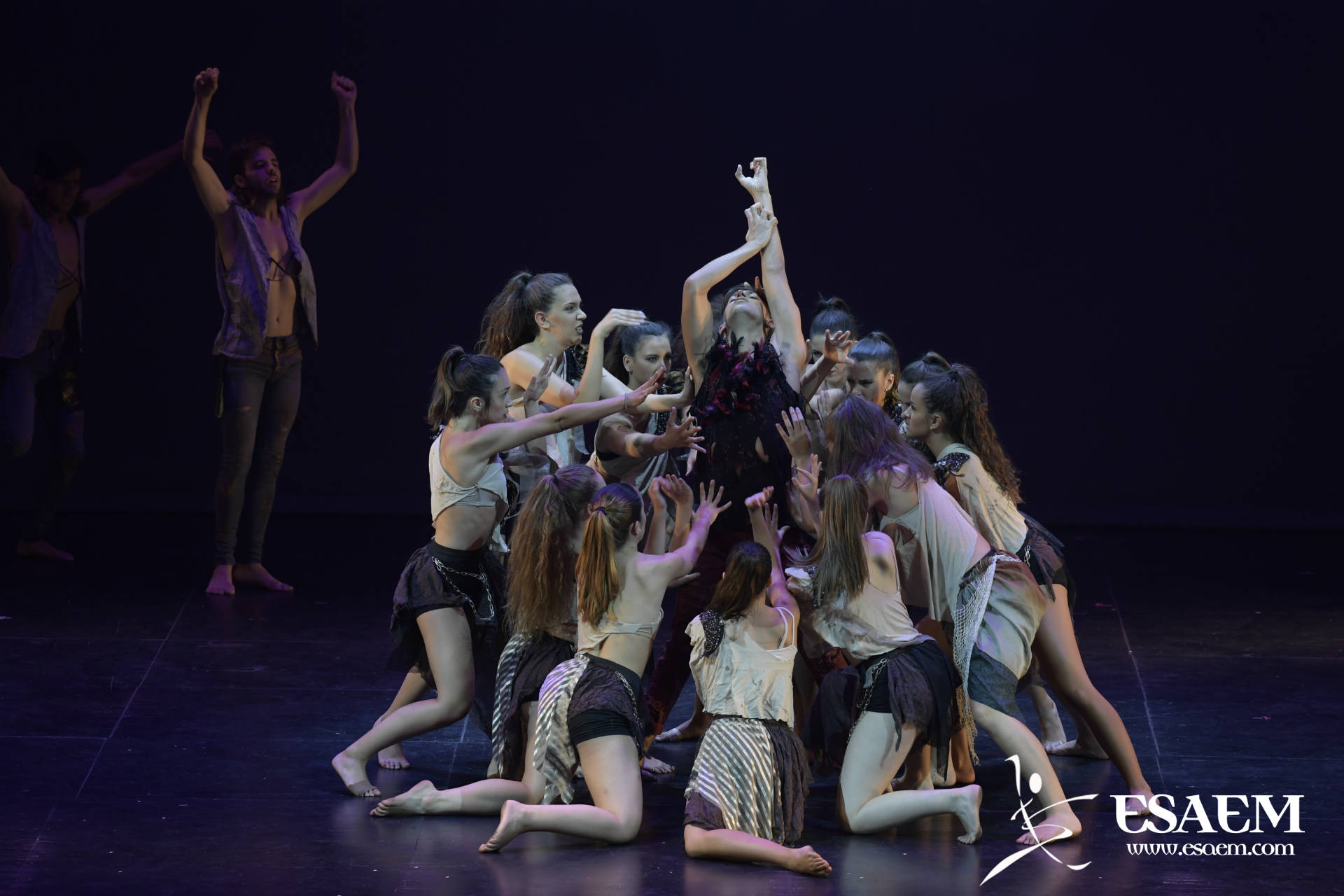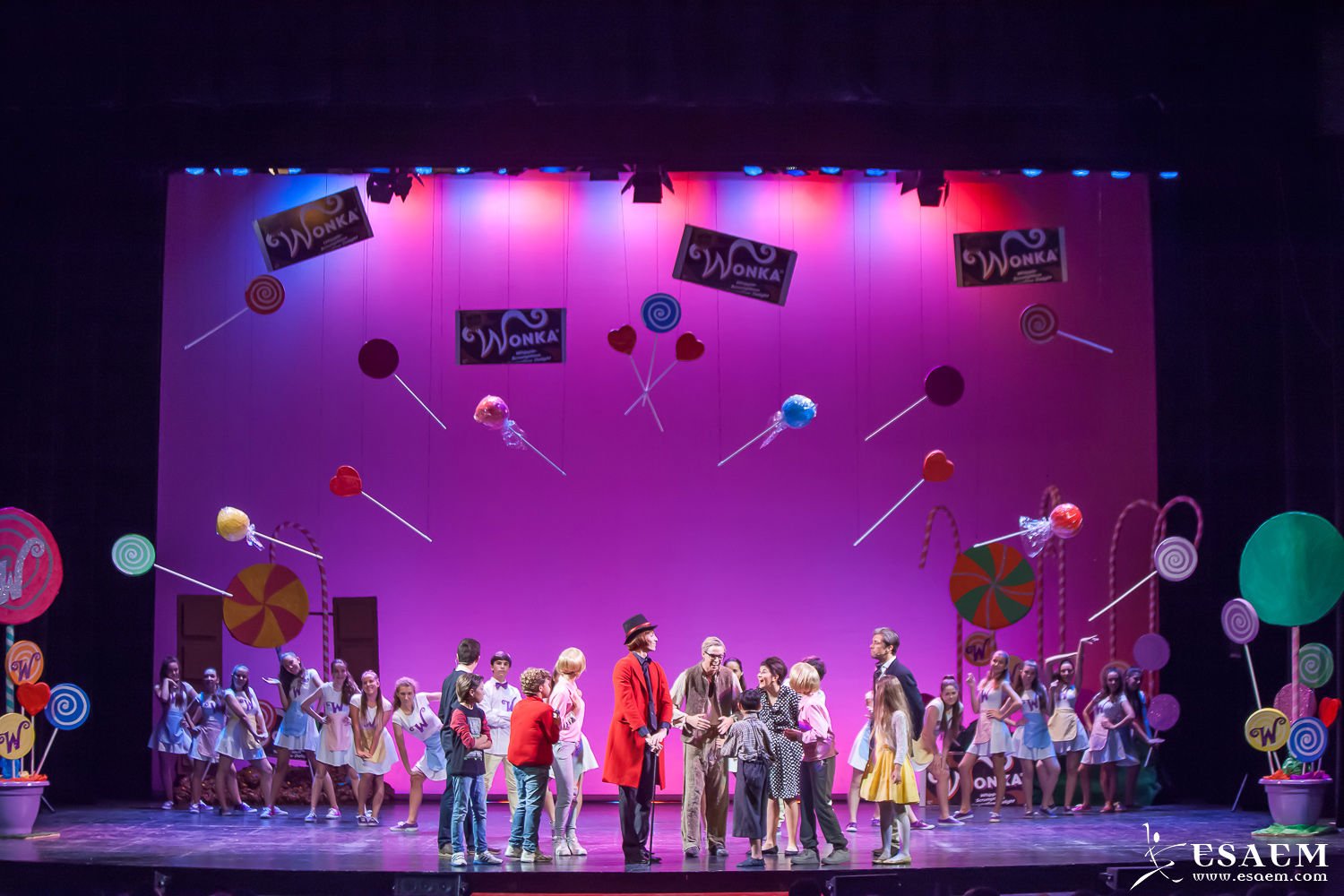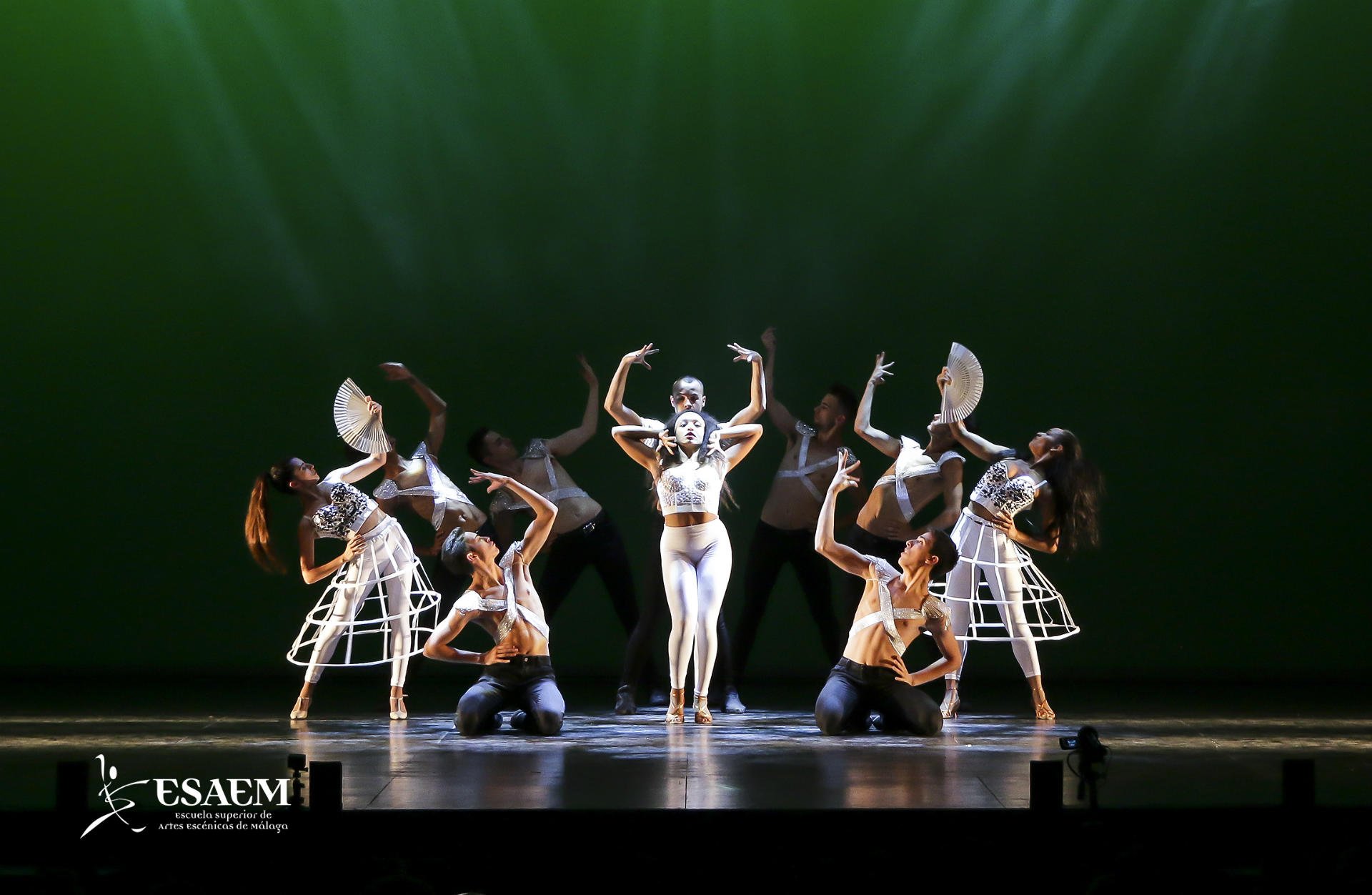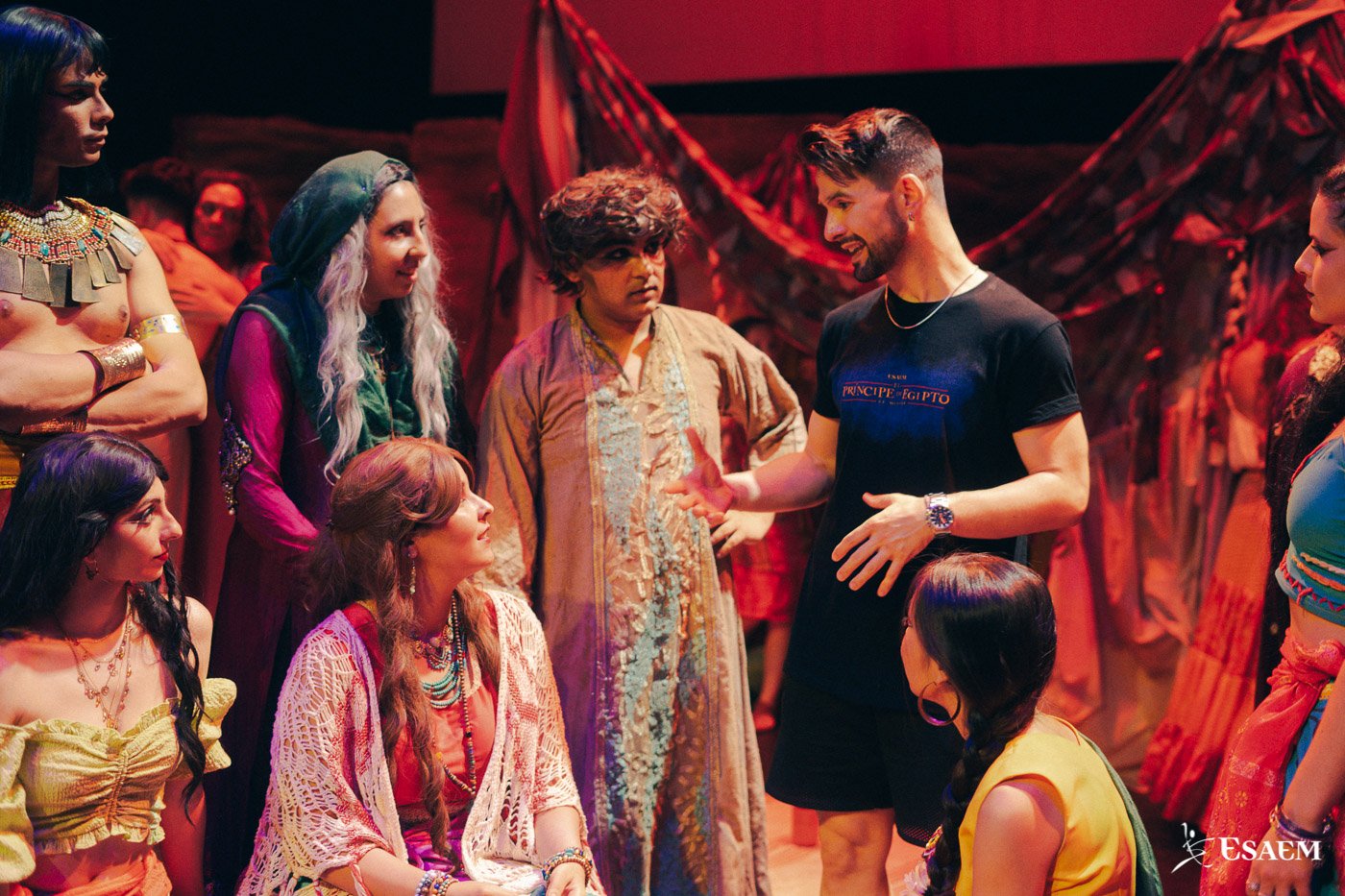The Stanislavski Method, also known as Acting Method, is a theatrical technique that focuses on the psychology of the actor and the creation of realistic characters. Developed by the Russian actor and director Konstantin Stanislavski at the beginning of the 20th century, this method has undoubtedly been one of the most influential currents in modern theatre, being the basis for the training of many actors and actresses around the world. The Stanislavski Method focuses on understanding character psychology, emotional connection and context to create realistic and authentic performances. The method is based on the idea that an actor must connect emotionally with the character they are playing, in order to convey the character’s emotions and feelings to the audience in an authentic way. In this article, we will explore the history of the Stanislavski Method, its components, techniques and exercises, as well as its use in creative expression and character analysis.
The history of the Stanislavski method
Konstantin Stanislavski was born in Moscow in 1863. He began his career in theatre at the age of 14, and in 1898 founded the Moscow Art Theatre with his friend and collaborator Vladimir Nemirovich-Danchenko. As the theatre was becoming more and more popular, Stanislavski began to feel that something was missing in his actors’ performances. He wanted his actors to be more realistic and convincing in their performances, and began experimenting with different acting techniques to achieve that goal. In 1911, Stanislavski began to develop the Stanislavski Method, a technique that focused on the psychology of the actor and the creation of realistic characters. The Stanislavski Method is based on the idea that an actor must create believable characters by understanding their psychology, making an emotional connection with them and creating a realistic context for the performance. This technique was revolutionary in its time and has had a great influence on theatrical acting ever since.
Components of the Stanislavski method
The Stanislavski Method is composed of several key elements, including: Objectives: An actor or actress must have clear objectives for their character, which means they must understand what their characters want and need. Objectives are the basis of the character’s motivation, and help the actor or actress understand the character’s behaviour. Actions: Actions are the specific steps an actor or actress takes to achieve their goal. Actions are important because they help an actor or actress maintain focus and energy in a scene. Context: Context refers to the environment the character is in and the circumstances surrounding the character. Understanding context is important because it helps an actor or actress understand the character’s motivations. Subtext: Subtext refers to the character’s inner thoughts and emotions that are not directly expressed. Understanding the subtext is essential to create a realistic and convincing interpretation. 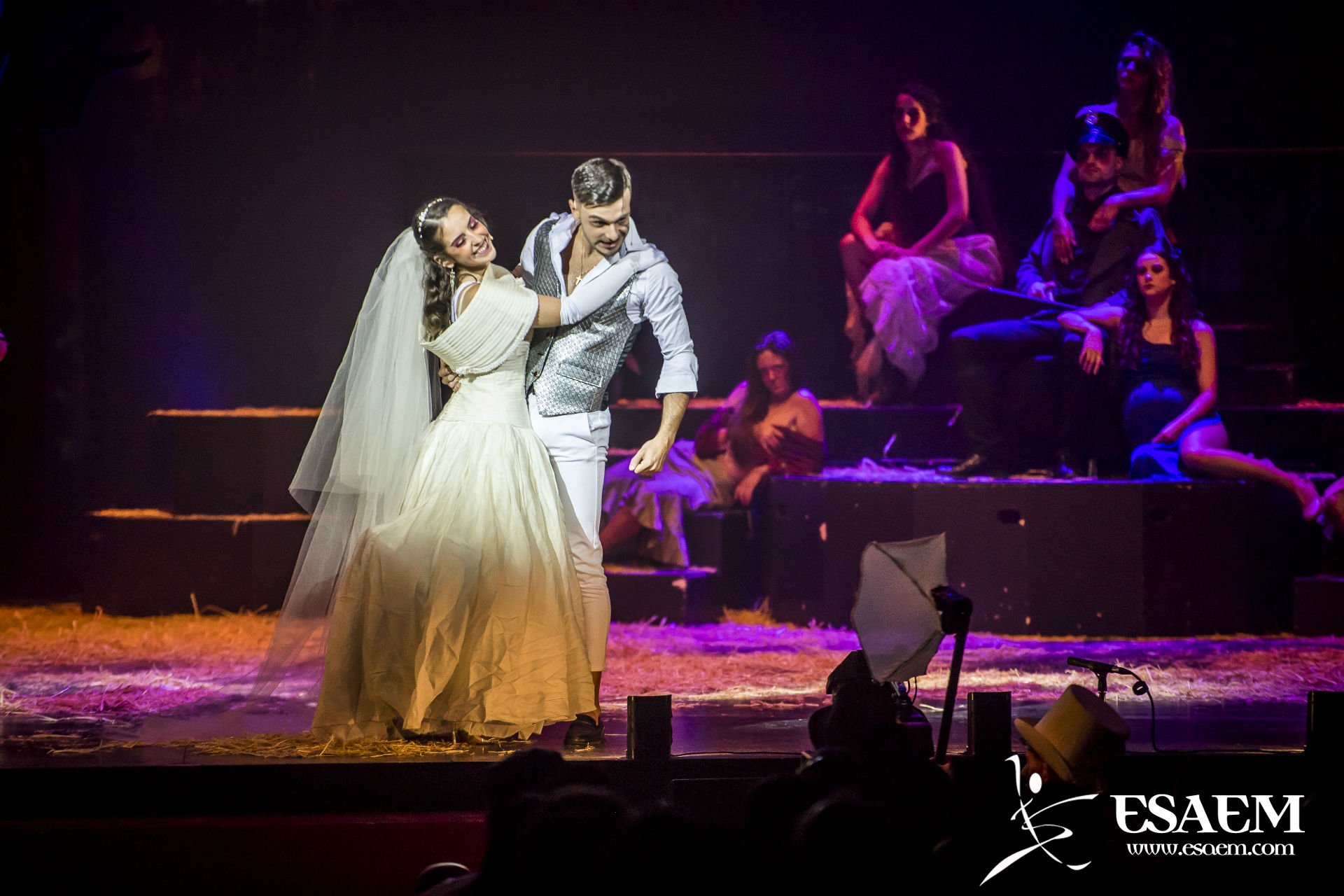
Physical and emotional techniques
The Stanislavski Method includes both physical and emotional techniques to help actors create realistic characters. These techniques include: Relaxation: Actors must be relaxed and free of physical tension in order to concentrate on their performance. Relaxation is essential for a natural and effortless performance. Concentration: Concentration is important for the actors to be able to focus on the scene and their goals. Concentration exercises may include visualizing an object or image, or repeating a mantra or phrase. Imagination: Imagination is a powerful tool for actors, as it allows them to create mental images of their character and the environment they are in. This helps actors better understand the context and circumstances of their character. Emotional memory: Emotional memory refers to the actors’ ability to use their own emotional experiences to create a realistic performance. Actors can use emotional memory to create an emotional connection to their character and to the scene. Voice and body: Actors must also be aware of their voice and body, as these elements are important in creating a believable performance. Physical exercises may include breathing, posture and body movement, while vocal exercises may include intonation, rhythm and vocal projection.
Using the Stanislavski Method for creative expression
The Stanislavski Method can be used not only for theatrical acting, but also for creative expression in other areas, such as writing, music and dance. By understanding the character’s psychology, emotional connection and context, artists can create more realistic and compelling works. For example, a writer can use the Stanislavski Method to create complex and realistic characters. By understanding the character’s motivations, context and subtext, the writer can create characters that seem alive and authentic on the page. They can also study other practitioners of the method, such as Lee Strasberg, Stella Adler and Sanford Meisner, among others.
Character analysis with the Stanislavski Method
The Stanislavski Method can be used to analyze characters in plays, films, books and other art forms. By using the tools of the Stanislavski Method, a character analyst can better understand the character’s psychology, motivations and impact on the play. For example, in analyzing the character of Hamlet in Shakespeare’s play, a character analyst might use the Stanislavski Method to understand his goals, actions, context, and subtext. By understanding these elements, the character analyst could better understand the complexity of the character and their role in the play.
Different types of Stanislavski exercises
The Stanislavski Method includes a variety of exercises that help actors develop their skills and create realistic characters. Some common exercises include: Objectives and Actions Exercise: In this exercise, actors identify their character’s objectives and the actions they must take to achieve those objectives. This exercise helps actors to understand the character’s motivations and to maintain energy and concentration on the scene. Empty Chair Exercise: In this exercise, an actor or actress sits on an empty chair and imagines that their character is sitting in front of them. The actor or actress talks to the imaginary character and responds to their questions and comments. This exercise helps actors to better understand the psychology of their character and to create an emotional connection with them. Sense of truth exercise: In this exercise, actors focus on creating an authentic and realistic interpretation. Actors use their emotional memory and imagination to create a convincing and truthful performance. Improvisation exercise: In this exercise, actors improvise a scene without a prior script. This exercise helps actors develop their ability to listen and respond, and to create an organic and authentic interpretation. Line of action exercise: In this exercise, actors identify a line of action for their character and follow it through the scene. This exercise helps actors maintain focus on their objective and create a more focused and coherent performance.
The Stanislavski method in universities around the world
The Stanislavski method has been proved so popular and didactic in the teaching of dramatic and performing arts that it has been strongly implemented in most universities and drama schools around the world. Here are some drama universities in different countries where the Stanislavski method is taught: Moscow Theatre Institute (GITIS) – Russia: This institute was founded by Konstantin Stanislavski in 1878 and is one of the most prestigious drama schools in Russia. The Stanislavski method is the central approach to teaching acting at GITIS. Lee Strasberg School of Theatre and Film – United States: The school was founded by Lee Strasberg in New York and is known for its teaching of the Stanislavski method, which is based on emotional connection and deep exploration of character. Málaga Higher School of Performing Arts (ESAEM) – Spain: ESAEM, located in Málaga, is another of the prestigious universities around the world where the Stanislavski method is taught as one of the main subjects in their drama courses. Taught from first through fourth school year. Royal Higher School of Dramatic Art (RESAD) – Spain: The RESAD is a theatre school in Madrid that focuses on teaching the Stanislavski method. It is taught in undergraduate and graduate programs. National School of Dramatic Arts (École nationale supérieure des arts et techniques du théâtre) – France: This drama school in Paris provides acting training based on the Stanislavski method, which focuses on emotional authenticity and deep understanding of the character. University of the Arts London School of Dramatic Art – United Kingdom: The University of the Arts London School of Dramatic Art teaches the Stanislavski method in its acting program, which focuses on research and emotional exploration to create authentic characters.
The Stanislavski method and its teaching at ESAEM
The way in which the Stanislavski Method is taught in drama schools may vary depending on the institution and the country in which it is located. In general, however, the Stanislavski Method course in drama schools focuses on understanding the fundamental principles of the method and its practical application in acting. At the Málaga Higher School of Performing Arts, ESAEM, they teach this method as the most influential basis of modern theatre, being the most used technique in the training of actors and actresses around the world. Referring to the years and stagings of studying drama using the Stanislavski method, Carmen Baquero, ESAEM’s acting teacher, tells us that “students begin by learning the basic concepts of the method, such as relaxation, concentration, imagination and emotional memory. They can also learn techniques to work with their body, their voice and the interpretation of texts”. Rubén Catillo, teacher of Interpretation and Dramatic Literature at ESAEM, explains that “in subsequent years of study students deepen their understanding of the Stanislavski Method and apply it to acting. They study specific techniques, such as the creation of objectives and actions, improvisation, the empty chair and the line of action.. Above all, Carmen Baquero emphasizes the importance of students “working on scenes from plays, applying the method in the interpretation of characters“. She adds that “there are other acting methods based on Stanislavski’s work, such as the Meisner method and the Strasberg method, which have broadened and enriched the understanding of acting and provided actors with new tools to create more authentic and emotionally connected characters”. Teaching the Stanislavski Method in drama schools can also include the realization of theatre projects, where students can apply the techniques they have learned in the creation of a theatrical work.
Conclusion
In summary, the Stanislavski Method remains a popular and effective technique for theatrical acting and creative expression in other areas. Many drama schools and conservatories around the world keep teaching the method to their students. Many actors and artists from around the world, such as Marlon Brando, Robert De Niro, Meryl Streep and Natalie Portman, have used the Stanislavski Method to create realistic, authentic and moving performances for over a century.


